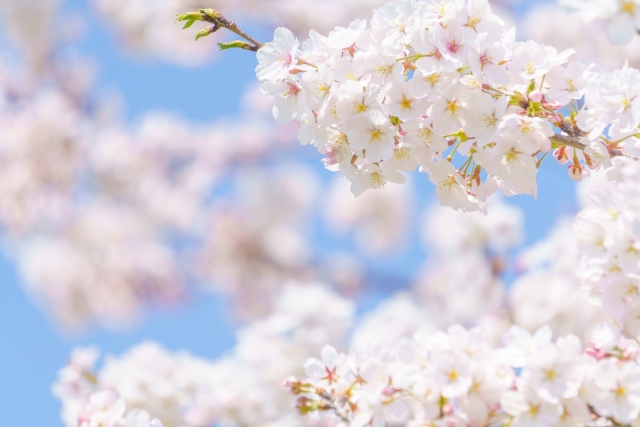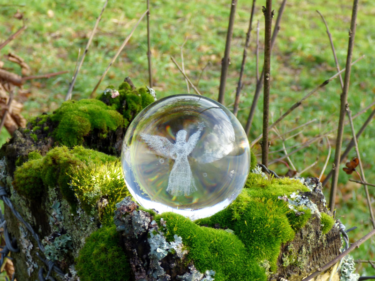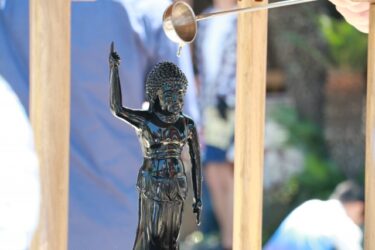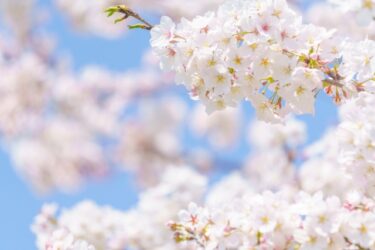The Japanese version is available here.👉https://seohayami1920.com/history-of-hanami-japan
Cherry blossoms, or sakura, are now about to reach full bloom across Japan.
In spring, these pale pink petals fluttering in the breeze bring a sense of peace and renewal. Beneath the blossoms, people gather, share food, laugh, and welcome the new season.
I have a favorite cherry blossom tree near my home—one that I feel a special connection with. Every year, I visit that tree during full bloom and quietly whisper, “I’ll come back to see you next year.” I haven’t gone yet this year, but the blossoms will be in full bloom soon. I plan to visit again, just like always.
But have you ever wondered why cherry blossoms mean so much to the Japanese? Or how the tradition of hanami—cherry blossom viewing—began?
In this article, we’ll explore the 1300-year history of hanami and its cultural significance in Japan.
When Hanami Began: Blossoms in Ancient Times
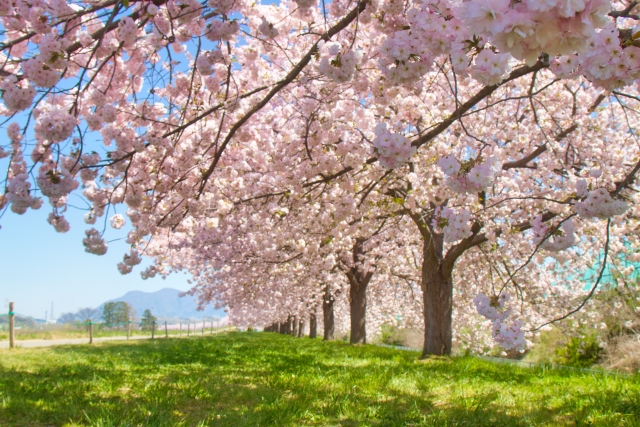
While sakura are the symbol of hanami today, this tradition began with a different flower—ume (plum blossoms).
Back in the Nara period (710–794), plum blossoms were admired by aristocrats who had been influenced by Chinese culture. Many poems about ume appear in Japan’s oldest poetry collection, the Manyoshu.
From Ume to Sakura: The Shift in the Heian Era
During the Heian period (794–1185), sakura gradually became the central flower in hanami.
Nobles would hold elegant outdoor gatherings beneath cherry trees, writing poems and enjoying the fleeting beauty of the blossoms.
In famous works like The Tale of Genji and The Pillow Book, sakura plays a poetic and emotional role.
Its brief bloom and graceful fall came to symbolize the transient nature of life—a concept known as mujo in Japanese thought.
Warriors and Blossoms: Hanami in the Samurai Era
As time went on, the warrior class began to enjoy hanami as well.
In the Kamakura and Muromachi periods, cherry blossoms were appreciated not only for their beauty but also as a reflection of the samurai’s ideals—honor, brevity, and impermanence.
Cherry trees also appeared in the backdrop of noh theater and traditional tea ceremonies, integrating hanami into Japan’s growing artistic culture.
Hanami for the People: From Toyotomi Hideyoshi to Edo Townsfolk
In the Azuchi-Momoyama period, warlord Toyotomi Hideyoshi held a spectacular hanami event called “The Hanami of Daigo” at Daigo-ji Temple in Kyoto.
This was no small gathering—it brought nobles, warriors, and commoners together and became a turning point in the popularization of hanami.
During the Edo period (1603–1868), the Tokugawa shogunate planted cherry trees in popular spots like Ueno Park and along the Sumida River.
With food stalls, sake, and music, hanami became a lively event enjoyed by everyday people—much like today’s cherry blossom festivals.
Hanami in Modern Times: From Meiji to the Present
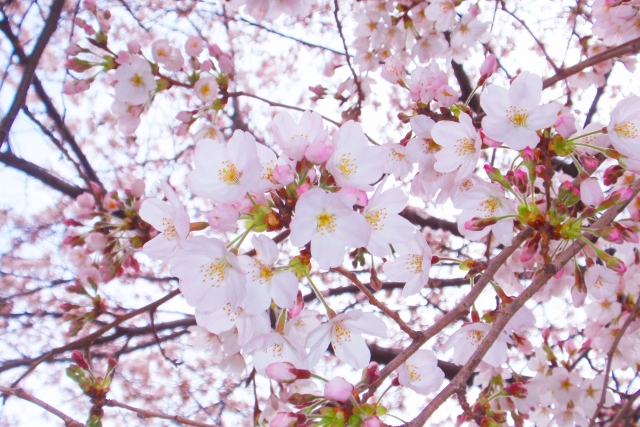
In the Meiji era, Western-style parks were developed throughout Japan, and cherry trees were planted in many of them.
Today, famous hanami spots like Ueno Park, Shinjuku Gyoen, and the Imperial Palace trace their origins to this time.
In the modern era, hanami has evolved with the times—featuring nighttime illuminations, photography hotspots, and themed foods.
The tradition remains, even as the style changes.
The Deeper Meaning of Cherry Blossoms
Cherry blossoms are admired not just for their beauty, but for what they represent.
They bloom suddenly, fade quickly, and fall gracefully—a reminder of how fleeting and precious life is.
This appreciation of mujo (impermanence) is rooted in Buddhist philosophy and continues to shape Japanese values and aesthetics today.
For me, returning to the same tree each year is a quiet ritual.
Touching its bark, looking up at the blossoms, and promising to return—it’s a small act, but one that brings comfort and a sense of connection.
Hanami’s Influence: Art, Culture, and Community
Hanami has left a lasting mark on Japanese literature, art, and traditions.
• Poetry: From Manyoshu to haiku and tanka, cherry blossoms have inspired countless verses.
• Painting & Crafts: Sakura motifs appear in kimono patterns, ceramics, and traditional screens.
• Community & Economy: Local hanami events attract tourists and promote local culture and businesses.
A Tradition Shared with the World
Today, hanami is recognized globally.
In places like Washington, D.C., cherry trees gifted from Japan are the centerpiece of annual festivals.
The term “sakura” has become synonymous with Japanese beauty, and hanami continues to serve as a bridge between cultures.
Final Thoughts: Your Own Hanami Moment
Cherry blossoms bloom for only a short time each year.
Yet during that brief period, they invite us to pause, reflect, and appreciate the present.
Is there a tree near you that feels like a friend?
This spring, why not visit it, take a breath under its petals, and maybe say,
“See you again next year.”
🌸 Thank you for reading.
If you have your own hanami stories or favorite cherry blossom spots, feel free to share them in the comments!
